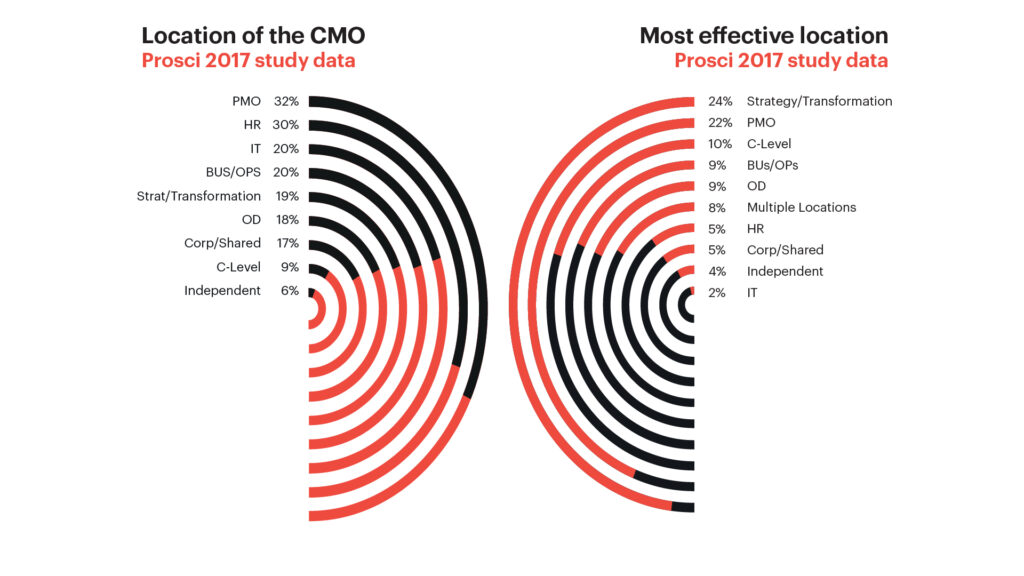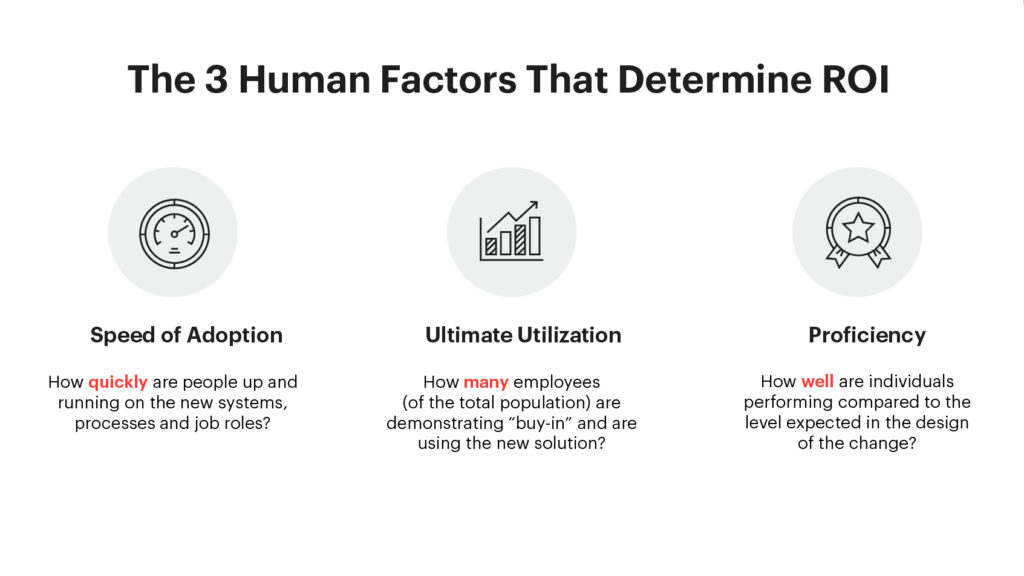Revealing the Truth: Common Myths in Change Management

In today’s rapidly evolving business landscape, change is not just inevitable—it’s essential for survival and growth. Organizations must adapt to shifting market conditions, technological advancements, and evolving customer expectations. However, implementing change is often met with resistance, misunderstandings, and a myriad of challenges. At the heart of these challenges lie several pervasive myths about change management that can derail even the most well-intentioned initiatives. We aim to debunk common myths in change management and provide insights on how to avoid these pitfalls, drawing upon the principles of the Prosci Methodology. By dispelling these misconceptions, organizations can better navigate the complexities of change and enhance their chances of successful transformation.
Myth 1: Change Management Is Just About Communication
One of the most prevalent myths is that change management is solely about communicating new initiatives to employees. While communication is a critical component, equating change management with mere information dissemination oversimplifies the process.
Why This Is a Misconception:
Communication without engagement is insufficient. Employees may receive information about changes, but without addressing their concerns, motivations, and readiness, the message may not resonate. Simply telling people about the change doesn’t ensure they understand it, accept it, or know how to implement it.
The Prosci Methodology emphasizes a holistic approach through the ADKAR model—Awareness, Desire, Knowledge, Ability, and Reinforcement. Communication primarily addresses the ‘Awareness’ stage, but successful change requires progressing through each stage:
- Awareness of the need for change.
- Desire to participate and support the change.
- Knowledge of how to change.
- Ability to implement required skills and behaviors.
- Reinforcement to sustain the change.
Avoiding the Pitfall:
Develop a comprehensive change management plan that goes beyond communication alone. Senior and middle management play a crucial role here—not only as communicators but as leaders who actively guide and support the change. Think of them as bridge builders, connecting strategic goals with employee needs on the ground. They should engage with employees to build desire, provide hands-on training to enhance knowledge and ability, and reinforce the change by recognizing successes and addressing ongoing challenges. By leading from both the top and middle, management ensures a more inclusive, sustainable, and successful transition.
Myth 2: Change Management Is Only Needed for Large-Scale Changes
Some organizations believe that change management efforts are only necessary for significant transformations, such as mergers or enterprise-wide system implementations. Smaller projects, they assume, don’t require the same level of attention.

Why This Is a Misconception:
Regardless of size, any change can impact employees’ daily routines, processes, or comfort levels. Underestimating the impact of smaller changes can lead to unforeseen resistance and implementation issues.
Prosci advocates for scaling change management activities to fit the change’s size and impact but doesn’t recommend eliminating them altogether. Every change affects people, and addressing human factors is crucial for success.
Avoiding the Pitfall:
Assess the change impact regardless of the project’s scale. Use Prosci’s Change Characteristics Assessment to determine the appropriate level of change management, as even small changes benefit from stakeholder engagement, clear communication, and support mechanisms. Recognize, too, that multiple small changes can lead to “change saturation,” where employees feel overwhelmed by the cumulative effect. Proactively managing the entire portfolio of changes helps balance workloads and provides adequate support, ensuring that even minor adjustments integrate smoothly without causing unnecessary strain or resistance.
Myth 3: Change Management Is the Responsibility of HR
Another common myth is that change management is solely the domain of the Human Resources department. Organizations might delegate all change-related activities to HR, expecting them to manage employee transitions independently.
Why This Is a Misconception:
Change management is better understood as a core element of strategy implementation rather than a transactional HR function. When organizations limit change management to HR, they miss the broader influence required from leaders, managers, and change agents across functions. While HR provides valuable support, effective change relies on collective engagement and accountability. Prosci emphasizes the importance of active and visible executive sponsorship—leaders set the tone, model desired behaviours, and allocate necessary resources. Managers, too, play a critical role, reinforcing the change and supporting their teams at the ground level.

Avoiding the Pitfall:
Foster a collaborative approach to change management. Engage executive sponsors to lead the change visibly. Equip managers with the tools and training to support their teams. Encourage cross-functional involvement to address different aspects of the change effectively.
Myth 4: People Naturally Resist Change
There’s a widespread belief that employees inherently resist change, and overcoming this resistance is a daunting, if not impossible, task.
Why This Is a Misconception:
People don’t resist change per se; they resist loss. Changes often bring uncertainty, fear of the unknown, or threats to job security and competence. Understanding the root causes of resistance is essential to address it effectively.
Prosci identifies resistance management as a critical component of change management. The ADKAR model helps pinpoint where individuals are struggling, allowing for targeted interventions. By addressing specific concerns, organizations can mitigate resistance.
Avoiding the Pitfall:
Listen to employees’ concerns and involve them in the change process. Provide clear information about the benefits and implications of the change. Offer support and training to ease transitions. Recognize that resistance is feedback, not opposition, and use it to improve your change strategy.
Myth 5: Change Management Is Intangible and Unmeasurable
Some executives view change management as a soft discipline without measurable outcomes, making it difficult to justify investment in related activities.
Why This Is a Misconception:
Change management, when executed properly, has tangible impacts on project outcomes, employee performance, and organizational ROI. Ignoring it can lead to project delays, cost overruns, and failure to achieve desired results.
Prosci provides tools and metrics to measure change management effectiveness. This includes tracking employee adoption rates, usage levels, proficiency, and the overall impact on project objectives.

Avoiding the Pitfall:
Incorporate measurement into your change management plan. Set clear goals and KPIs related to adoption and usage. Use Prosci’s measurement tools to assess progress and adjust strategies as needed. Demonstrating quantifiable results can build support for change management initiatives.
Conclusion
Navigating the complexities of organizational change requires dispelling common myths that can hinder success. By understanding that change management is more than communication, necessary for changes of all sizes, a shared responsibility, addressable in terms of resistance, and measurable, organizations can position themselves for smoother transitions.
The Prosci Methodology offers a structured approach to manage change effectively. By leveraging the ADKAR model and embracing a holistic view of change management, organizations can enhance employee adoption, minimize resistance, and achieve desired outcomes.
Embracing these truths empowers organizations to not only implement changes but to thrive in an ever-changing business environment. As change becomes the new constant, debunking these myths and adopting proven methodologies like Prosci’s will be instrumental in driving sustainable success.